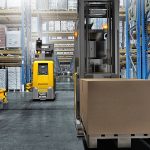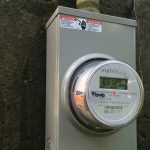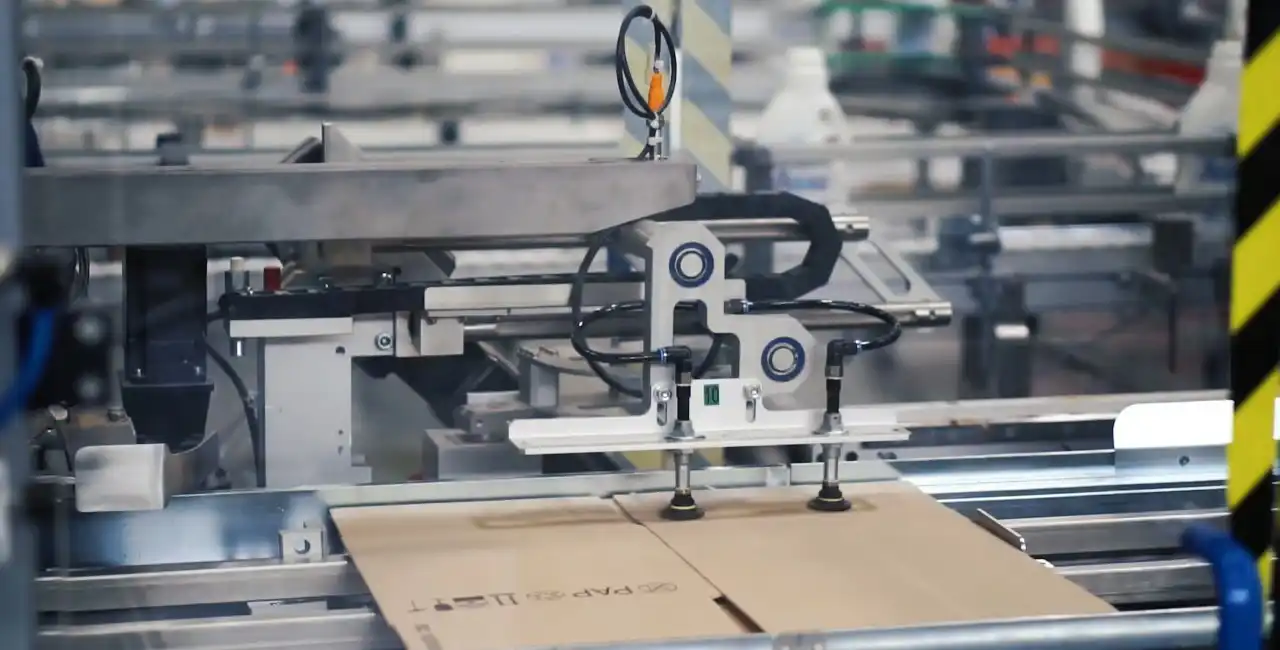The world of manufacturing and shipping is always looking for ways to improve. One of the biggest changes in recent years has been the move toward machines that pack cartons automatically. These aren’t just a small upgrade; they represent a fundamental shift in how products get from the factory floor to the customer’s hands. By handling the tasks of forming, filling, and sealing boxes, these machines are transforming production lines for the better. Let’s take a look at how they work and what makes them such a valuable tool for businesses.
The Way They Work: A Look at the Machines
Automatic carton packing machines are made up of several connected parts that handle the entire packing process without human hands.
Key Components and Their Jobs
First, feed systems bring products to the packing area. The type of feed system depends on the product—it could be a simple conveyor belt for large items or a more complex sorting system for different small goods.
Next, a carton erector takes a flat cardboard box and folds it into a three-dimensional shape. This makes sure every box is the same and a lot of time is saved. The actual packing is done by robotic arms or “pick-and-place” systems. These robots are built to put products into cartons with great care and at high speeds, using special grippers that can handle different shapes without causing damage.
Finally, a sealing system closes the cartons with either tape or glue. This step makes sure the packages stay closed during their journey and gets rid of the time spent on manual sealing. All of these parts are controlled by a central computer that keeps everything moving smoothly.
The Technology Behind the Automation
The technology in these machines is always getting better. One of the most useful parts is the use of sensors. These devices can tell if a product is in the right place or if something is misaligned, allowing the machine to correct itself in real-time.
Robotics also plays a big part. Robotic arms can be programmed to handle a wide range of products and to switch between different packing arrangements. With some smart programming, these robots can even learn from past packing jobs to get better over time.
For the system to work as a whole, software integration is a must. Modern machines come with software that lets businesses monitor performance, get data on how the packing is going, and even know when a part might need maintenance before it breaks down.
Engineering for Speed and Accuracy
The engineering behind automatic carton packing machines is impressive, with a main focus on being both fast and accurate. For example, using linear motors allows for faster movement of products between different stages of the process.
Better motion control systems have also made packing more precise. With these systems, every movement is done with a high degree of fidelity, which cuts down on mistakes and waste. This accuracy is very important for industries like electronics and medicine, where a small packing error can have big financial consequences.
These machines can also change their speed to match how many products are coming through, which is helpful when the product flow is inconsistent. By being able to adjust to different demands, these machines help businesses stay competitive.
Why Automation Is a Good Investment
The move to automation brings many benefits that go beyond just making things faster.
Cutting Down on Labor Costs
One of the biggest reasons to get an automatic packer is the money you can save on labor. Instead of needing many people for packing and sealing, a single machine can do the work. This lets a business put its human team on other, more strategic jobs. In a time when it can be hard to find enough workers, automation offers a good way to keep production going strong. While the upfront cost can be high, the savings on labor and the increase in output often lead to a quick return on the investment.
Making Things More Accurate
Hand packing can lead to mistakes. Items can be put in the wrong place, labels can be wrong, or boxes can be sealed poorly. These mistakes can cause product returns and unhappy customers. Automatic machines fix these problems by doing the job with precision. With their built-in sensors and smart controls, they keep packing standards consistent. Some even have cameras that check for quality during the packing process, making sure that only good products are shipped. This higher level of accuracy leads to a better customer experience and a stronger brand name.
Adapting to Change
The ability to grow and change with the market is a big advantage for any business. Automatic packing machines offer this by allowing businesses to increase production without having to hire many more people. Many modern machines can also be reconfigured for different box sizes or product types with very little downtime. This ability to adapt is a must for companies that have seasonal items or bring out new products often, helping them respond to market changes quickly.
How to Choose the Right Machine
Deciding on a new machine requires careful thought.
Your Needs: Volume, Size, and Packaging
First, you need to understand your own requirements. How many units do you need to pack in an hour? What size are your products? What type of packaging do you use? A high-volume manufacturer will need a different machine than a company with a wide variety of small, fragile items. Be sure the machine can handle the dimensions of your products and the types of materials you use.
Features to Look For
After you know your basic needs, think about features like customization. Can the machine handle different package designs or add things like labeling? Also, consider how easy the machine is to maintain. Look for systems that are simple to clean and repair, and ask if they have a way to tell you about problems before they become big issues. How easy it is to use is also a major factor. A system with a simple screen and controls will make training your team much faster.
Finding a Good Balance Between Cost and Value
While a budget is always a factor, it’s wise to look at the total value of the machine over time, not just the upfront price. A cheaper machine might end up costing more in the long run if it breaks down often or can’t keep up with your production needs. Consider the machine’s life, the warranty, and the support you’ll get from the manufacturer. The goal is to find a machine that provides a strong performance and reliability to give you a good return on your money.
What’s Coming Next in Packaging
The future of packaging is full of new possibilities, driven by technology and changing consumer demands.
AI, IoT, and Smart Packaging
Artificial Intelligence (AI) is starting to play a part in packing systems, helping to analyze data and predict when machines will need maintenance. The Internet of Things (IoT) connects machines so they can share data and make decisions automatically, letting businesses monitor their equipment from anywhere. Smart packaging, which uses things like QR codes to give customers more information, is also gaining popularity as people want more transparency from brands.
A Focus on Sustainability
As people become more aware of environmental issues, sustainability has become a big concern in packaging. Machines are now being designed to handle eco-friendly materials like those that are biodegradable or recyclable. Also, new packaging designs use less material, which is a big step toward sustainability goals.
Meeting the Needs of E-Commerce
The huge growth of online shopping means businesses need to be able to get products to customers very quickly. Packaging automation helps with this by reducing lead times. It also allows for more personalization, giving businesses the ability to create unique packaging for different types of customers. As automation gets better, businesses will be able to respond to these needs and keep their customers happy.










